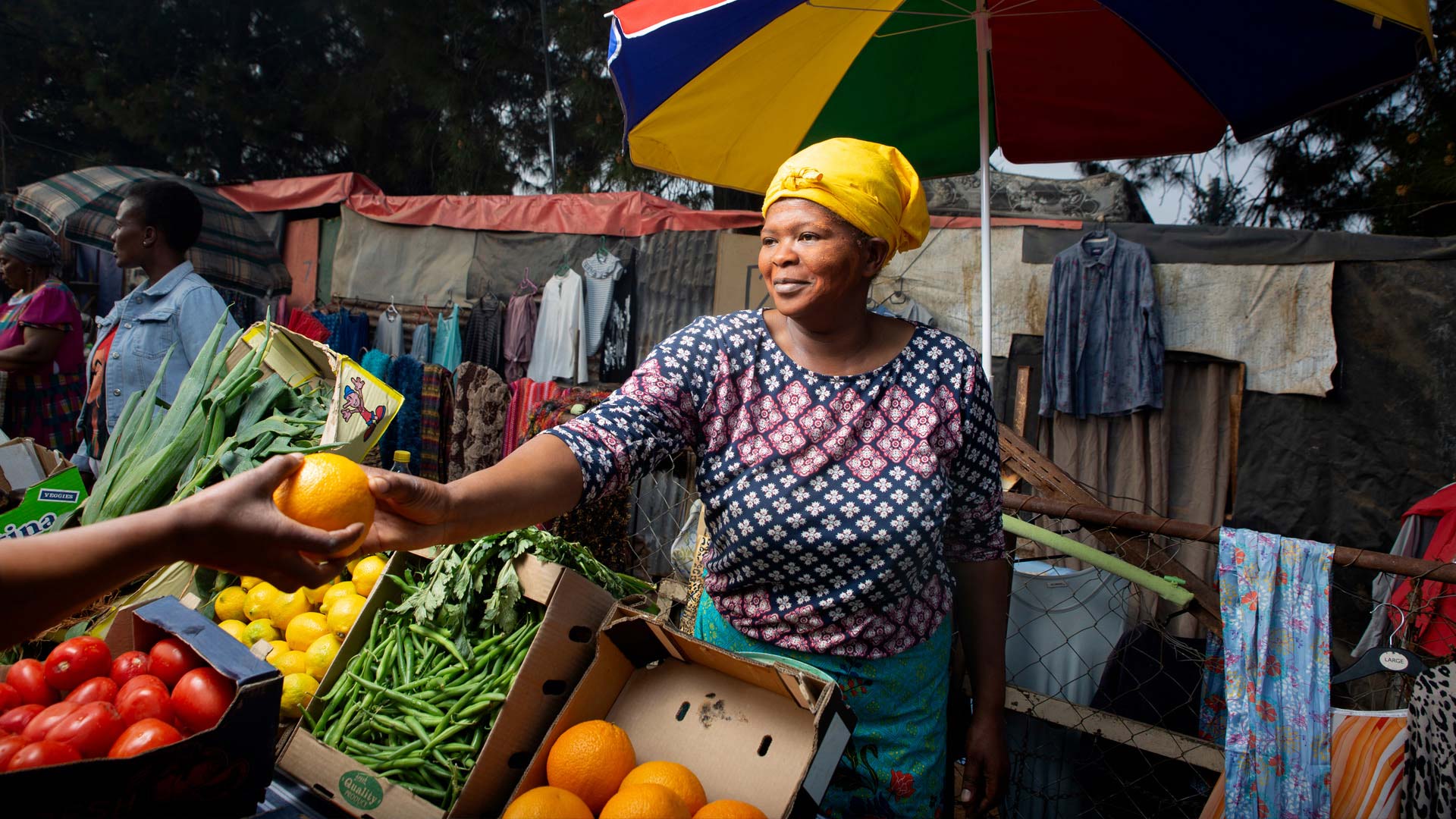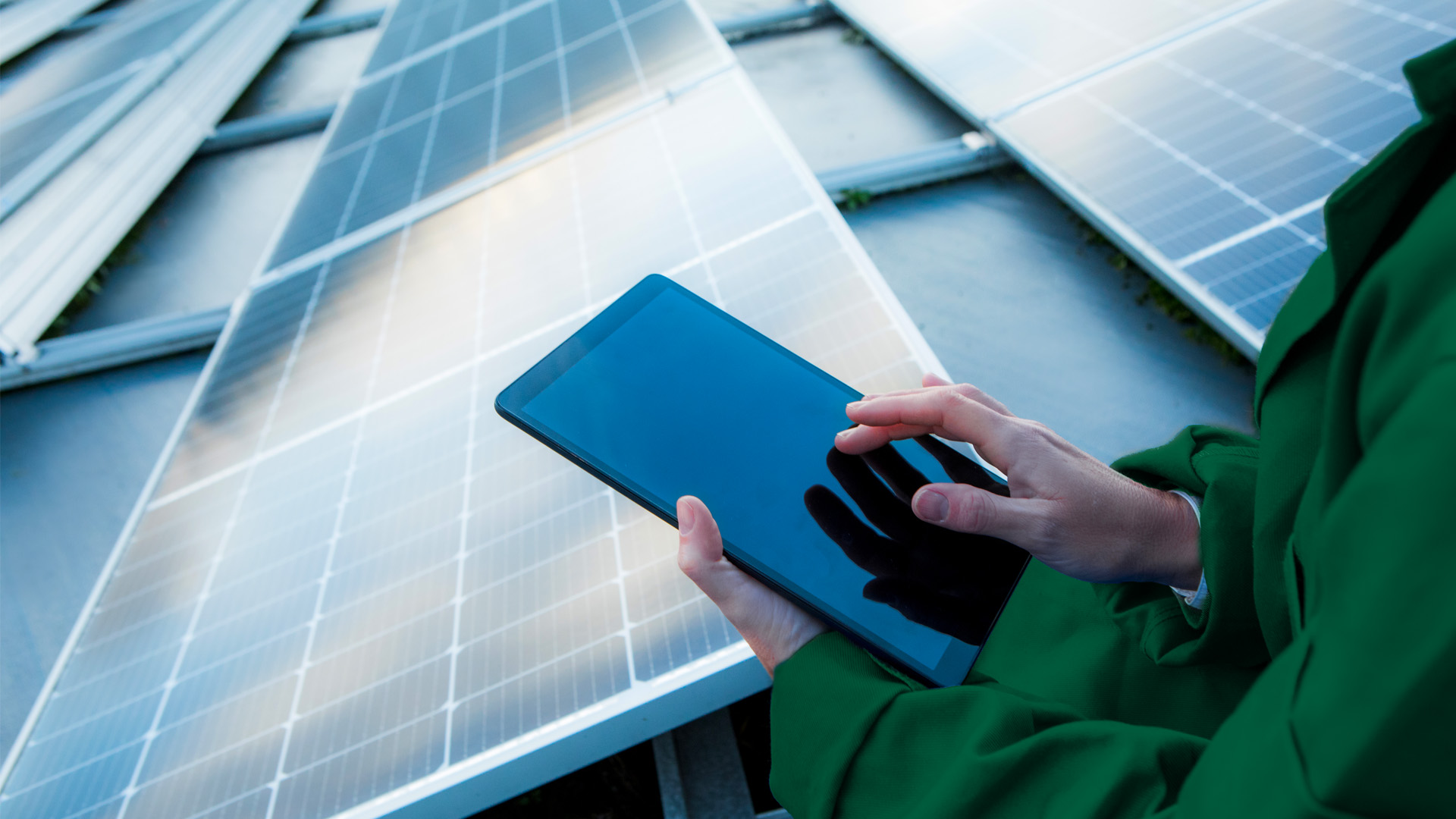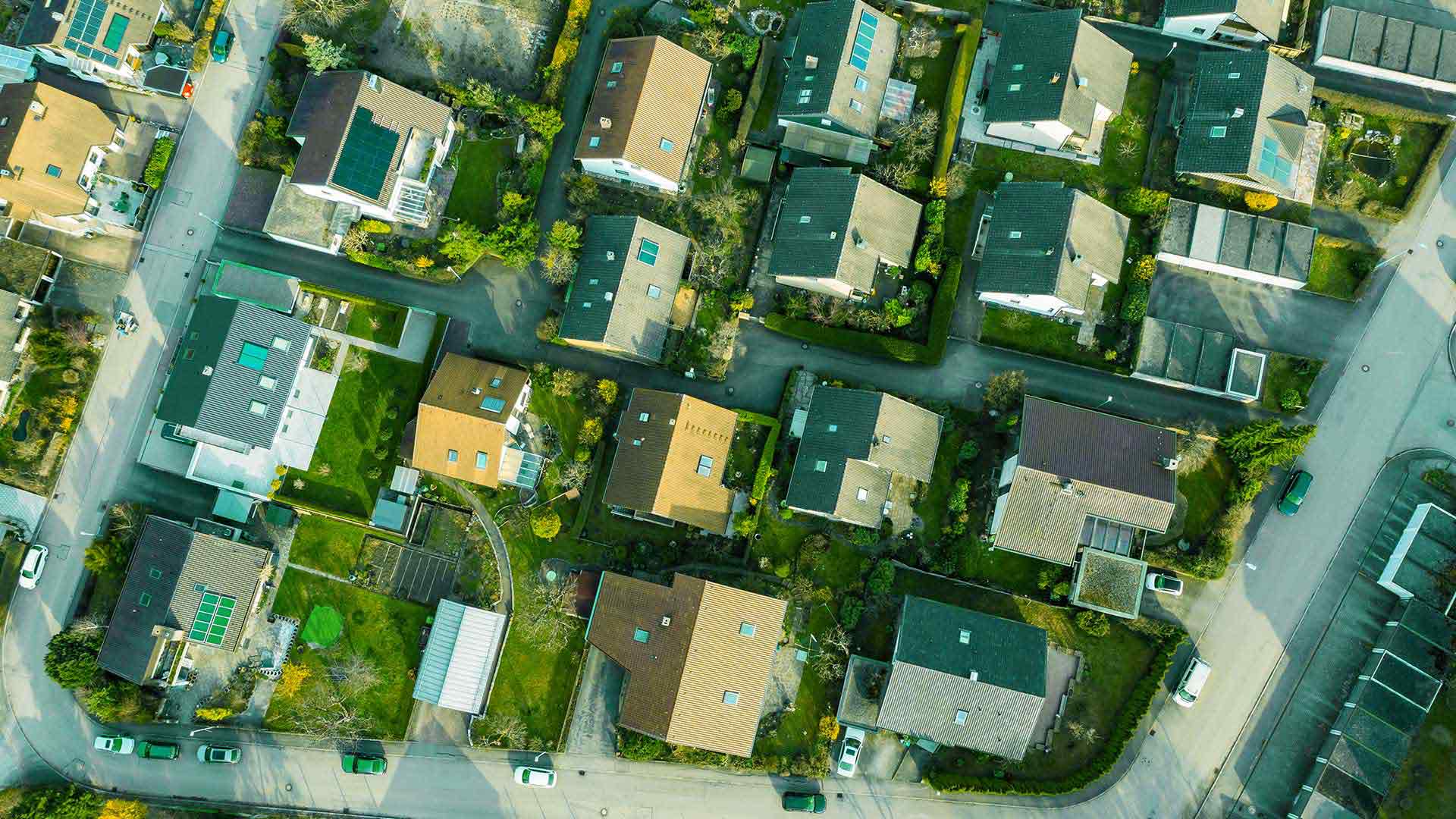In recent years the world has been grappling with extreme weather patterns – torrents of rain seem to alternate with periods of unrelenting drought. On top of dealing with the nightmare of electricity interruptions, South Africans are also struggling to adapt to the effects of climate change.
El Niño and La Niña, the alternating climate phases that make up what is called the El Niño-Southern Oscillation (ENSO), are responsible for the extreme weather patterns around the globe.
El Niño describes the unusual warming of surface waters in the eastern tropical Pacific Ocean that disrupts rainfall patterns to cause severe drought around the world. On the other hand, La Niña is the term for the unusual cooling of these waters, which can increase global rainfall and cause massive flooding. Every 2 to 7 years, the climate switches from the El Niño to the La Niña phase, or vice-versa.
Preparing your business for the long-term drought forecast
Current indications are that South Africa will soon be grappling with the return of El Niño, which could lead to severe drought. Naturally, agriculture stands to be worst affected. But the lack of water could also have serious implications for many other sectors of the economy, including an increase in water costs for your business.
Your business can be a beacon of hope during a crisis if you adopt new, efficient technologies and recycle
During a drought, municipalities routinely impose water restrictions or completely interrupt the supply of water, which can harm the revenue and income of any small business that relies on water for its operations. Affected sectors include agriculture, food processing, car washes, laundromats, and hairdressers.
Water shortages can also damage large businesses in the manufacturing, engineering, chemical, and electrical industries. Interruptions in the water supply compromise sanitation for factory and retail workers, as well as their customers.
Compounding the crisis is a lack of adequate maintenance of water and sewerage infrastructure, which makes it harder to distribute what water we have cleanly and safely to those who need it. Unless immediate action is taken, South Africa faces a major water crisis. It’s time for every business to think seriously about how to secure a reliable supply of quality water.
How to save water in your business
Using less water in your business will lower your running costs. Here’s how you can do it:
- Determine your current water consumption, investigate ways you can redesign production processes to use less water, then set a target for the next cycle so you can assess the impact. This will help you learn when your business uses more water than usual and which sites use more water, and alert you to possible leaks.
- Install smart water meters that use wireless technology to take remote readings of water flow – they can help you identify leakages in pipes, joints, or valves.
- If you can afford to, install smart conservation equipment like tap aerators to reduce water usage. It can be costly, but the capital outlay will reap dividends in the long run.
- Recycle water. Wherever possible, use grey water for tasks like cleaning or washing equipment and vehicles, or in fire protection systems. Large operations can install a cooling tower to recycle grey water through evaporative towers that provide more energy-efficient air conditioning.
- Source your own water. Depending on the business you run and where it is, you may be able to harvest your own water that you can treat and then use safely. If you run a nursery business or a small farm, you can use tanks to store rainwater. If you can afford it, you may consider drilling your own borehole, but this is generally an expensive operation. Whether you source water from a river or dam on your property, a borehole, or rain and mist using gutters and fog nets, you’ll also need a filtration and purification system if the water is for human or animal consumption. Boiling it to kill harmful bacteria should render it safe for drinking, but this is not the most energy-efficient solution, nor the most convenient.
- Change water behaviours. Educate yourself and your staff about the need to save water. Encourage them to devise ways of reducing water consumption at the workplace with rewards for achieving savings targets.
Waterwise tech: reduce, reuse, and recycle to preserve your environment
If your business is to be waterwise, you cannot discharge harmful chemicals and waste into nearby water sources, such as rivers and streams. Responsible corporate citizenship requires you to avoid harming the health of the surrounding community – when disposing of harmful chemicals, do so in a responsible manner that does not harm people or the environment. Your business can be a beacon of hope during a crisis if you adopt new, efficient technologies and recycle – by filtering water after use and treating it to remove chemicals that harm the environment.
Preparing your business to cope with the droughts expected over the next few years may require a significant capital investment – but it could also determine whether your business can survive repeated water shortages, so it’s a wise investment to make. Whether you run a small business or a large commercial operation, Nedbank can assist with asset financing to help you meet the challenge. For more water-saving tips at home, download Nedbank’s Water Savings Guide.








